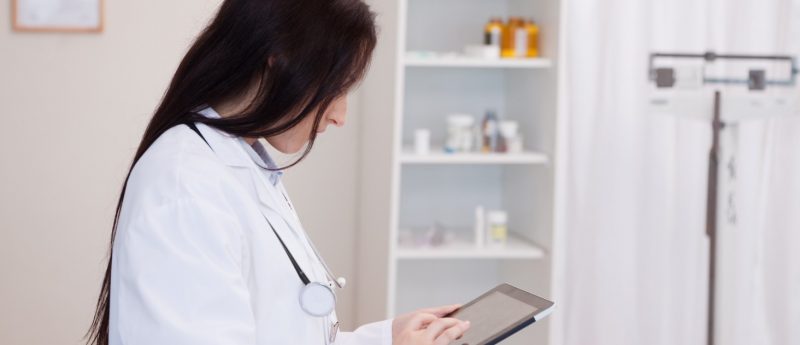Analysis of direct-to-consumer advertising of stem cell interventions in the USA

An online analysis of the US marketplace for direct-to-consumer advertising of stem cell interventions has revealed a relatively high number of businesses stem cell treatments that may not be approved by the US FDA.
Businesses marketing stem cell therapies is an ethical, scientific, legal, regulatory and policy concern for many stakeholders in the regenerative medicine community. ‘Stem cell tourism’ is generally considered to be where patients travel to countries such as China, Mexico and the Caribbean to undergo non-compliant therapies; however, bioethicist Leigh Turner (University of Minnesota, Minneapolis, MN, USA) and stem cell researcher Paul Knoepfler (University of California, Davis, CA, USA) had noticed anecdotally that more patients were enquiring about therapies in the USA, and it was not accurately known about the number of potentially non-compliant clinics on the USA.
Turner and Knoepfler therefore decided to investigate the number of these businesses in America, recording the locations, advertised stem cell types and the indications they were marketed for following internet-based searches, text mining and content analysis of company websites. “This is a marketplace that is dramatically expanding before our eyes — we were aware early on and tracked it early on, but I don’t think we knew the scope and size of the market,” says Turner.
They discovered that a minimum of 351 companies across the USA are marketing potentially unapproved stem cell procedures at 570 individual clinics. Many of the clinics advertised therapies for a large range of conditions such as orthopedic (over 300 companies) or sports injuries (90), neurological (150 businesses marketed for pain and 80 other neurological) or degenerative, as well as cosmetic, cardiac and immune conditions.
Furthermore, “In almost every state now, people can go locally to get stem cell ‘treatments’,” commented Knoepfler. The most clinics were found in California (113 clinics), Florida (104), Texas (71), Colorado (37), Arizona (36) and New York (21). “Many people in larger metropolitan areas can just drive 15 minutes to find a clinic offering these kinds of services instead of, say, traveling to Mexico or the Caribbean. I think this reflects a change from what we’ve seen documented in the past and is different from what we typically think about when we think of stem cell tourism,” Knopfler added.
Another key finding was the types of stem cell-derived therapies being offered. A total of 61% of businesses advertised adipose-derived stem cell interventions and 48% bone marrow-based treatments; however, induced pluripotent stem cells, embryonic stem cells and xenogeneic products were rare.
As well as potentially having unsafe treatments, anyone patient who has had an unapproved therapy is less likely to qualify for FDA-cleared and IRB-approved clinical trials that comply with federal regulations. It is therefore important that regulatory action is taken against any non-compliant businesses.
Sources: Turner L, Knoepfler P. Selling stem cells in the USA: assessing the direct-to-consumer industry. Cell Stem Cell doi:10.1016/j.stem.2016.06.007 (2016) (In Press Corrected Proof); www.medicalnewstoday.com/releases/311389.php?tw